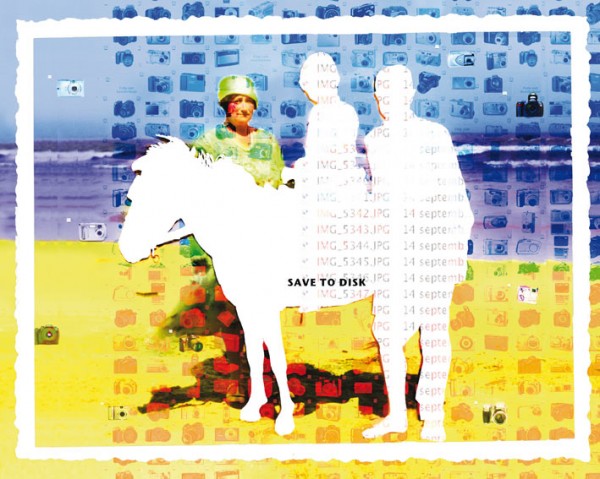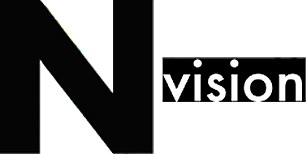Just been to the Brighton Photo Biennale curious if photographers have cracked the move from print to digital yet and interested to steal some ideas. Along with seeing a series of exhibitions of various photo works, I went to two talks that focussed specifically on the analogue-digital debate, concerning the photographer’s book and – print.

I presumed that together with me there was an audience of photographers, hoping to hear the enlightening words of ‘those in the know’ invited by Martin Parr, curator of this Biennale. But I didn’t find myself getting enlightened at all, the panel had no real answer for the times to come where film would be obsolete and the screen is hailed to be the ‘new’ paper.
I was fascinated with this absolute desire for these photographers to keep wanting to make prints and books, to make their images into tangible objects. There might be the discussion between the type of object, be it on the wall or in a book, but no one seemed to toy with the idea to exploit the screen.
Coming from illustration where most illustrators start out with the tangible, with paper and pencil, isn’t photography all about capturing light and time and then present it on a medium that’s able to represent what they ‘saw’ as best as possible? Traditionally ‘best’ was paper, but aren’t the digital process and the screen, that’s all about light, the best inventions ever for the photographer? With far less interference, translation and loss between what captured and presented and with these technologies improving all the time, I would say there is much to look forward to for photographers.
But film, darkrooms and NO PHOTOSHOP were still hailed as the glorious badges of honour, with the artist Jeff Wall freezing thousands of boxes of film for the dark days ahead. Those who ‘moved’ to digital technologies, still held on to part of the analogue process may it be using film or printing on paper and started their presentations with absolving themselves by stating their lifetime spent in the darkroom, so they were ‘Good Guys’ (really)….
In many ways photography isn’t that different from illustration, creating images, reflections on life, somewhere between commissions and self publishing, and a desire to show and tell as core to its nature.
I too do understand the desire for the tangible, for more then twenty years I’ve been enjoying the smell of inc and feel of paper, I too have collected my badge of honour, and I’m also gazing into a crystal ball to find the way of things to come, if only to make a living.
When I saw the documentary ‘How to Make a Book with Seidl’ Showing how Gerhard Seidl director of the renowned art book printing and publishing house, off course I could only but acknowledge that art books are amazing desirable objects. Seeing Gerhard in his white overcoat smelling the ink, hearing the rhythm of the printing press, the deep, detailed and earnest conversations, the entire creation process just confirms that a book is one of the great media for here to stay. The same goes for well-printed images beautifully presented on gallery walls or even a small printed card pinned on the notice board in the studio. All that is good and hopefully these experiences will remain. (Though I do have my doubts about some of the presentations at the Biennale)
Equally good is the development of the print on demand, allowing more than ever any photographer, artist or amateur to publish and distribute his or her own books. I’m not sure if the world is becoming a better place because of it. The enhancing and ecological argument that BLURB on demand publishers: www.blurb.com is using can be disputed, when there are no more editors as gatekeepers determining the happy few who will get a print run. We might get fewer big publishers creating larger piles of unsold editions, but we have more ‘on demand’ books than we care for, fearing tonnes of overrated under-edited art books and vanity publishing, pushed by an army of eager individuals.
The desire to hold on to the intimacy and the tactility of book and print almost as the only valid option for presentation of photography, might need to be readjusted and could do with an open mind towards screen and web as different, equally valid and who knows in some cases even more appropriate. This past weekend I missed that sound towards a positive en inquisitive approach of the ‘new technologies’ and the digital as an end rather than a tool. But perhaps I was in the wrong lectures at the wrong biennale.
(image: Nanette Hoogslag: previously used for NRC)



